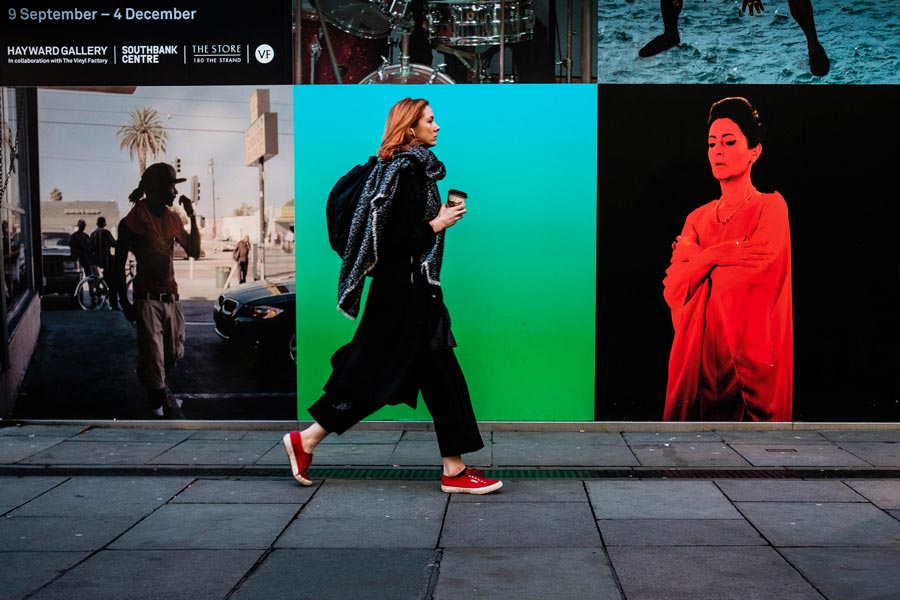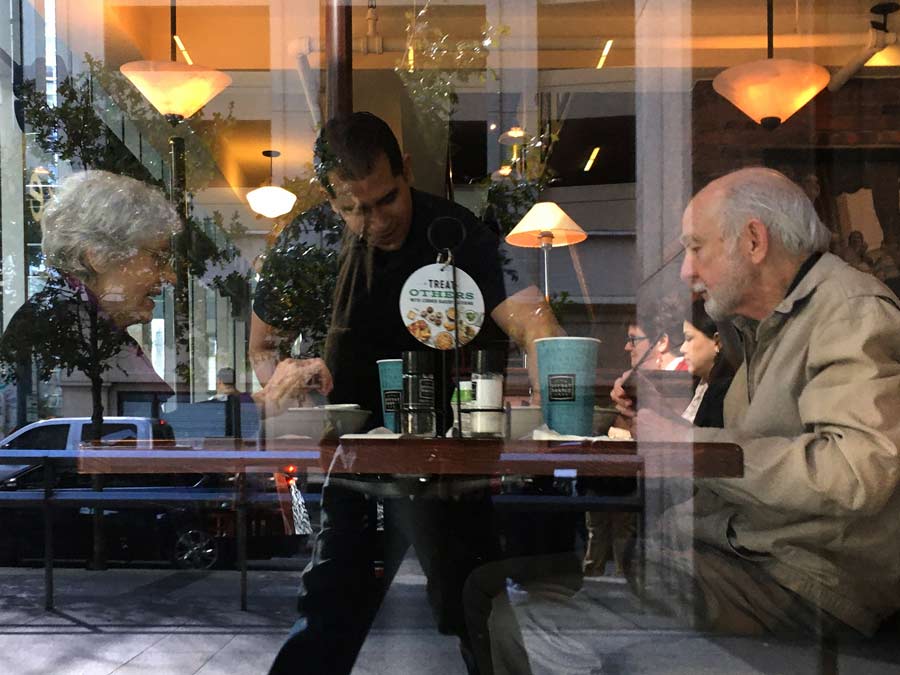
Q: Can I sell works of street photography as NFTs? What if people or places in the image are identifiable?

A: The taking of a photograph while standing in a public location is generally permitted under the laws of most (but not all) countries, including the United States, even if the photograph depicts identifiable individuals or private property such as someone’s home. However, privacy rights typically prohibit the taking of photographs on private property without permission.
The use of a photograph depicting identifiable people or private property can be much more complicated. Such photographs taken in or from a public space can usually be published and sold without violating any laws in many (but not all) countries, including the U.S., but if the owner makes commercial use of the photograph, this may violate right of publicity laws.
While many sales of NFTs based on a photograph may not constitute a commercial use, some may. Given this uncertainty, where possible, photographers should consider obtaining a written consent (often called a “model release”) from any person who is identifiable in the photograph, or whose private property is visible in the photograph. This is especially important when it comes to photographs of minors, whose parents usually will need to sign any release. The law around such use may vary by jurisdiction.

What constitutes a commercial use?
All of that said, the question of whether the selling of an NFT constitutes a commercial activity is a difficult one, and not one that any court has yet answered to my knowledge.
Under right of publicity laws, “commercial use” typically means use in promotion, advertising or on products. The relevant California statute, for instance, limits the right to depictions “on or in products, merchandise, or goods, or for purposes of advertising or selling, or soliciting purchases of, products, merchandise, goods, or services.” And that statute exempts several categories of expressive works, as well as promotions for those works.
The statute also provides, in relevancy, that a “musical composition, audiovisual work, radio or television program, single and original work of art, work of political or newsworthy value, or an advertisement or commercial announcement for any of these works, shall not be considered a product, article of merchandise, good, or service if it is fictional or nonfictional entertainment, or a dramatic, literary, or musical work.” Cal. Civ. Code § 3344.1(a)(2).

My view has been that the sale of a single photograph that depicts a celebrity, for instance, is likely not a commercial use under the state right of publicity statutes that have that element. To my mind, selling a one-off NFT based on that photo, or maybe even a limited series, may not violate right of publicity laws. However, some people may well argue that once you create an NFT, you’ve already moved into a “commercial use” zone. As I said, it’s an unsettled area. Another point is that only about half the states have right of publicity laws, and some states’ laws do not recognize a right of publicity that survives a person’s death.
Another thing to keep in mind: You should be careful not to sell photographs in which third-party artwork or trademarks (for instance, a company logo) appear, unless you have permission from the owner.
Assuming you took the photograph, you will hold a copyright interest in any photograph you take, and assuming you have the necessary written consents or want to argue that your minting and selling a single photo isn’t a commercial use, you should be free to create an NFT based on your photograph, unless you have previously licensed or assigned your rights in the photograph to another person. Be sure to choose an NFT license — such as the Amberfi General License — that doesn’t grant commercial rights that you don’t possess.
Featured image at top: Malta street scene by Giuseppe Milo (CC BY)
Editor’s note: This is another in a series about NFTs and the law. Check out our blog for additional articles on the subject that will appear each week.
Disclaimer: The information provided on this Web page does not, and is not intended to, constitute legal advice; instead, all information and content on this page are for general informational purposes only. You should contact an attorney to obtain advice with respect to any particular legal matter, and you should not act nor refrain from acting on the basis of information on this site without first seeking legal advice from an attorney in the relevant jurisdiction.






